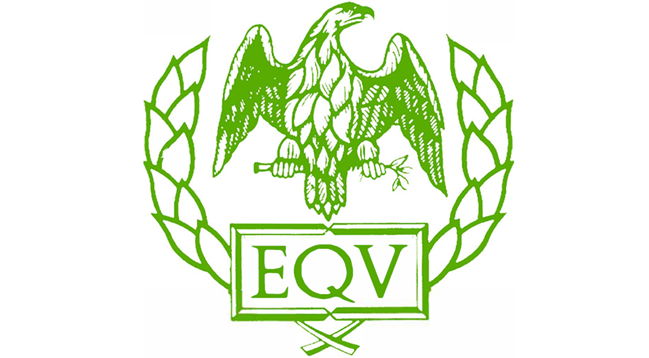Chairing Meetings
Roles and Responsibilities of a Chairperson: The chairperson of a meeting holds a crucial position with several responsibilities:
- Leadership: Providing leadership and direction during the meeting.
- Agenda Management: Ensuring the meeting follows a predefined agenda.
- Facilitation: Encouraging participation and keeping discussions focused.
- Time Management: Keeping the meeting on schedule and ensuring efficient use of time.
- Decision Making: Assisting in reaching consensus or making decisions when necessary.
- Conflict Resolution: Resolving conflicts and maintaining a respectful atmosphere.
- Documentation: Ensuring accurate minutes or records are kept.
- Action Item Assignments: Assigning tasks or action items and following up on them.
Ideal Characteristics of a Strong Chairperson: A strong chairperson possesses the following characteristics:
- Effective Communicator: Clear and articulate in speech, capable of conveying ideas concisely.
- Leadership Skills: Able to lead and guide the meeting effectively.
- Preparation: Thoroughly prepared with knowledge of the agenda and materials.
- Impartiality: Remains neutral and impartial in discussions and decisions.
- Problem Solver: Skilled in resolving conflicts and finding solutions.
- Time Management: Keeps the meeting on schedule.
- Inclusivity: Encourages participation from all attendees.
Setting and Distributing the Agenda: Creating and sharing the meeting agenda involves:
- Agenda Creation: Compile a list of topics and their order of discussion.
- Time Allocation: Assign time limits to each agenda item.
- Distribution: Share the agenda with attendees in advance of the meeting.
Opening: To open a meeting effectively, the chairperson should:
- Welcome: Greet attendees and make them feel comfortable.
- Introduction: Introduce themselves and briefly state the meeting’s purpose.
Chairing & Facilitating: During the meeting, the chairperson should:
- Facilitate Discussions: Encourage participation and ensure all voices are heard.
Controlling the Meeting and Keeping to the Agenda: To maintain control and stay on the agenda:
- Enforce Agenda: Stick to the predefined agenda and manage time.
Time Management: For effective time management:
- Timekeeping: Keep an eye on the clock and allocate time appropriately.
Making Decisions: When decisions are needed:
- Consensus Building: Encourage discussion and consensus where possible.
Running a Review: To review meeting outcomes:
- Summarise: Recap key points and decisions made.
Meeting Evaluations: After the meeting:
- Collect Feedback: Seek feedback from attendees to improve future meetings.
In conclusion, the chairperson plays a pivotal role in conducting successful meetings by effectively managing various responsibilities, and possessing ideal characteristics can significantly contribute to the meeting’s success.
Anyone who intends running meetings with members of their staff
Have two or more people to train? you may consider a closed group course.
Benefits include:
- Cost effective
- Choose a date to suit you
- Customise content and timings
- No minimum delegate
- Choose how the course is delivered – In person face-to-face at your location or virtual
Contact us on [email protected] to discuss specific date and delivery requirements.
We can deliver our training sessions in several ways, these being:
- Open public course (Contact us if you can’t see a suitable date listed)
Please enquire about the following methods
- Closed group
- In person face to face
- virtual
- One to one coaching
Course Benefits
- Fully led tutor instruction
- Comprehensive courseware for all delegates
- Certificates of attendance
- Course Guarantee
- Emergency trainer
- Contextualisation and customisation for Closed group courses
- Evaluation Feedback
- Access to Customer Portal (course bookers) for oversight of past and future training events and attendance details
Key Features
Engaging & interactive tutor led session
Comprehensive course materials
From: £449.00 Plus VAT
Payment available via all major credit cards or Invoice. All options available during the online booking process.
